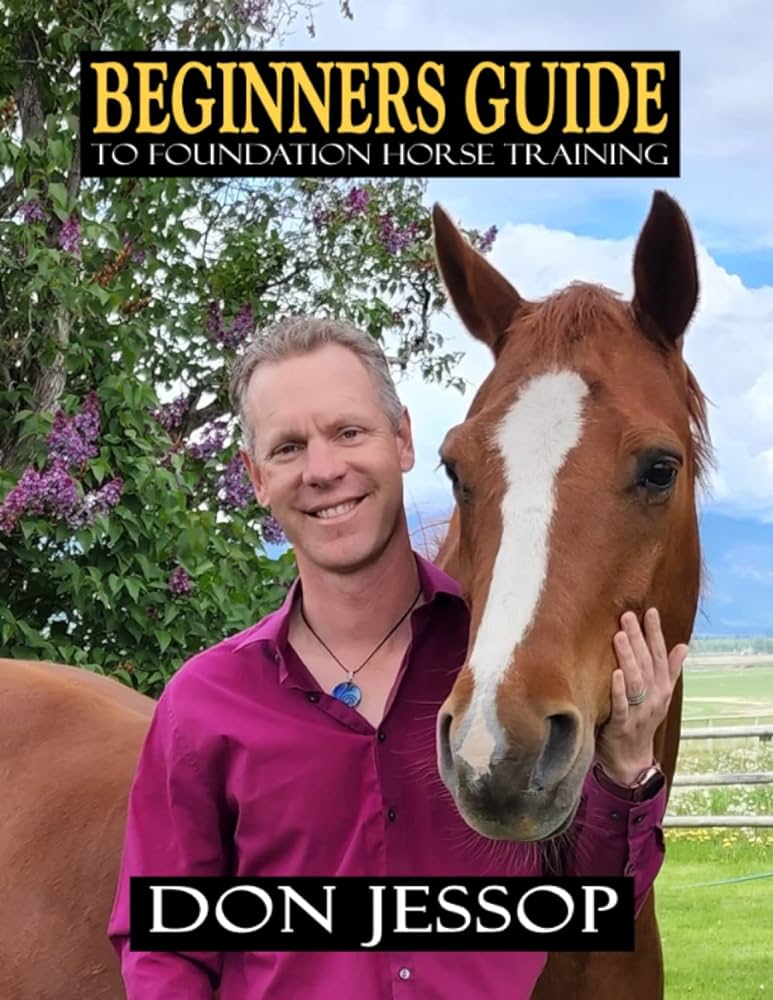Hold onto your saddle, as “Introduction to Riding: Foundational Skills for Horse Training” guide gallops you through the essential training techniques crucial for establishing trust and cooperation with your horse. Let’s take this thrilling ride together as you are about to discover how to secure a horse’s safety and adaptability for diverse activities – the fundamentals for a successful equestrian journey. Whether you’re an aspiring handler or a seasoned rider, these techniques hold the reins to an entirely new level of interaction with your equine companion.
Understanding Horse Psychology
Horse psychology is the bedrock of effective training and rapport building between a rider and their horse. Understanding how a horse thinks, feels and reacts is fundamental to fostering a beneficial and meaningful relationship.
Factors influencing horse behavior
Horse behavior is influenced by a variety of factors. This includes their genetic makeup, environmental conditions, individual personality traits, and their learning experiences. It’s important for you to understand these influences to better communicate with and train your horse.
Using horse psychology in training
Incorporating understanding of horse psychology into training can drastically improve the outcome. Horses learn best through a system of rewards, therefore positive reinforcement encourages desired behaviors. Reading your horse’s psychological cues helps in modifying training to best suit their needs and pace.
Recognizing horse emotions
Horses, much like humans, are quite expressive. They exhibit various emotions such as fear, aggression, relaxation, and curiosity. Recognizing these emotions can be instrumental in handling and training your horse effectively.
Pre-Ride Preparations
Before riding, it is crucial to prepare both yourself and your horse. This preparation begins with grooming the horse, saddling and bridling, and an equipment check.
The Importance of Grooming
Grooming isn’t just about keeping your horse looking good. It’s an opportunity to check for injuries, irritations, loose shoes or other potential problems. It also helps to build a bond between you and your horse.
Saddling and Bridling
Saddling must be done correctly to ensure the comfort and safety of both horse and rider. Bridling effectively ensures you are able to control and guide the horse while riding.
Equipment Check
Just like a pilot inspecting their aircraft before take-off, a rider should check their equipment. This measure ensures everything is in working order and helps prevent accidents.
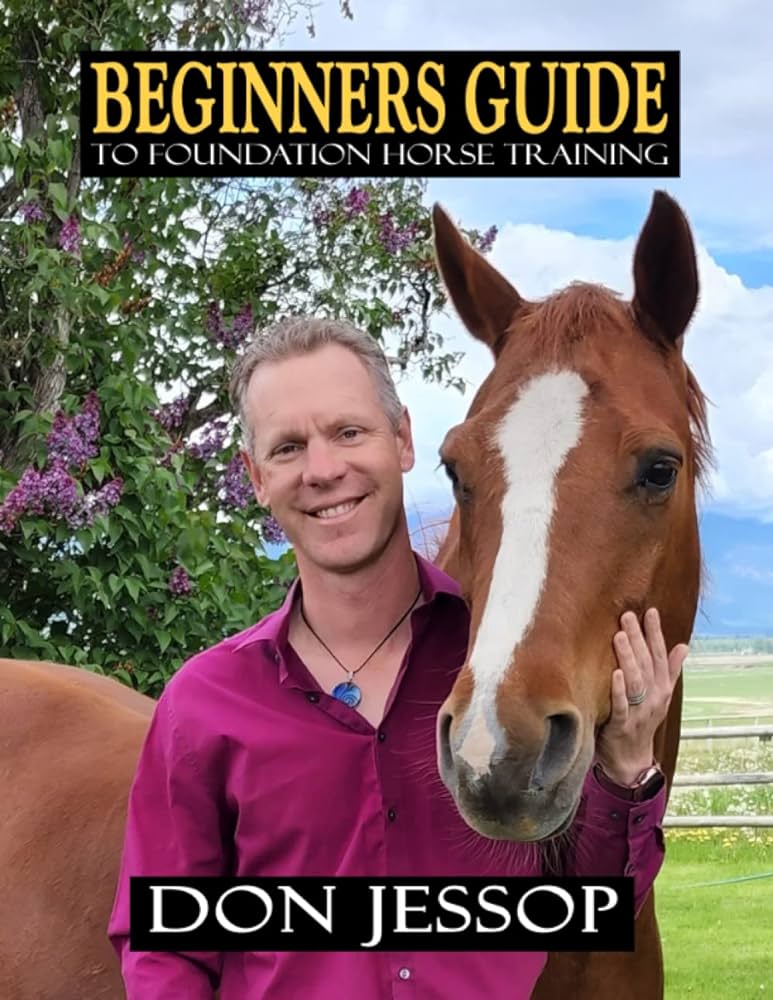
This image is property of Amazon.com.
Groundwork Training
Before you even attempt to mount your horse, a solid foundation of groundwork training is required.
Basics of Groundwork
Groundwork involves controlling the horse while you’re on the ground. It includes teaching them to follow, stop, turn, and back up on command.
Building Trust Through Groundwork
Groundwork helps you and your horse build a mutual respect and trust. It provides the foundation for all future training and handling, helping to establish clear communication.
Groundwork Exercises
There are many groundwork exercises that can be practiced with your horse. The key is consistency and repetition.
Handling and Lead Training
Next on the agenda is lead training, an integral part of controlling and guiding your horse safely.
Understanding Lead Training
Lead training involves teaching your horse to comply with instructions given through the lead rope. It’s an essential part of handling a horse properly.
Effective Lead Handling Techniques
Effective lead handling techniques not only make training easier, but also safe for both trainer and horse. These techniques involve using the right amount of pressure at the right time to guide the horse.
Safety Measures in Lead Training
Safety is often overlooked in lead training. It’s important to always be aware of your surroundings when handling a horse and to employ techniques that reduce the chances of injury.
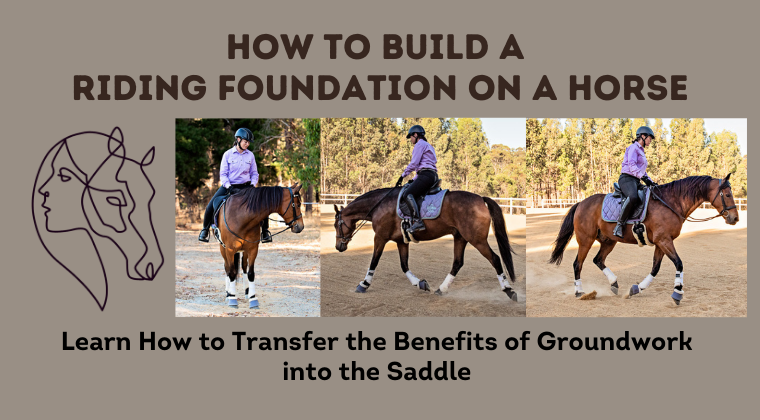
This image is property of import.cdn.thinkific.com.
Introduction to Mounting
Mounting is an exciting stage of training for both horse and rider. This should be done gently, ensuring the horse remains calm and the rider maintains balance.
Proper Position and Balance
Proper position and balance are key while mounting. This includes having a firm hold on the reins and a secure position in the saddle after mounting.
Gentle Mounting Techniques
Mounting should be a smooth and gentle process. These techniques reduce the stress on the horse and increase the safety of the rider.
Acclimatizing the Horse to Rider Weight
Before you can take your first ride, the horse must be comfortable with the rider’s weight. You can accomplish this with practice and patience.
Basic Riding Skills
Now that you’ve successfully mounted the horse, it’s time for the fun part – riding!
Walk, Trot, Canter: The Basic Gaits
Understanding the different gaits is one of the first skills a rider learns. The walk, trot, and canter are the three most common gaits and each requires different positioning and movements from the rider.
Fundamentals of Horse Steering
Steering a horse requires more than just pulling on the reins. It involves a combination of your hands, legs, and balance to direct and navigate your horse.
Riding Positions and Posture
Good riding posture is essential for balance and communication between you and your horse. Effective positions will help keep you balanced, secure, and allow you to develop a good riding rhythm.
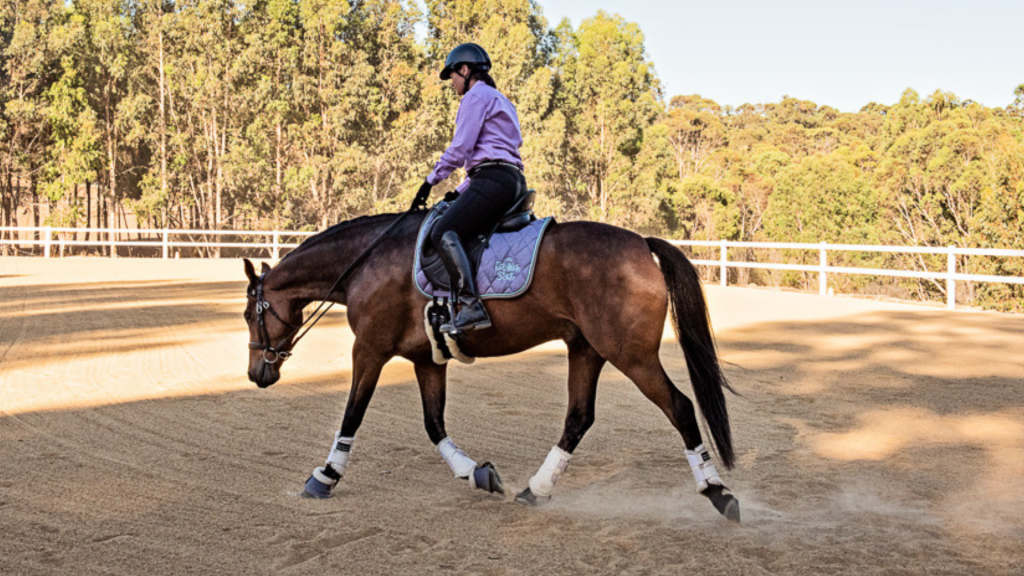
This image is property of files.cdn.thinkific.com.
Developing Communication with the Horse
Building strong communication channels with your horse enhances trust and mutual understanding.
Understanding Horse Signals
Horses communicate through body language. Understanding these signals provides insight into their thoughts, needs, and feelings.
Developing a Non-Verbal Communication System
Creating a non-verbal communication system with your horse is vital to developing a deeper bond, facilitating effective control and enhancing your overall riding experience.
Responding to a Horse’s Body Language
Reading a horse’s body language is only part of the equation. The rider must also effectively respond to what the horse is communicating, thereby ensuring the horse’s comfort and trust.
Safety Measures While Riding
Safety should always be a priority when handling or riding a horse.
Handling Spooked or Unruly Horses
A horse may become spooked or behave unruly due to various reasons. Knowing how to manage these situations will ensure your safety and the horse’s welfare.
Safe Falling Techniques
Falls can and do happen, hence knowing how to fall safely is an important skill. Learning to tuck and roll can prevent serious injury.
Emergency Practices on Horseback
Having an emergency plan for unexpected situations is crucial in horseriding. This includes knowledge about first aid, getting help immediately and keeping calm and composed.
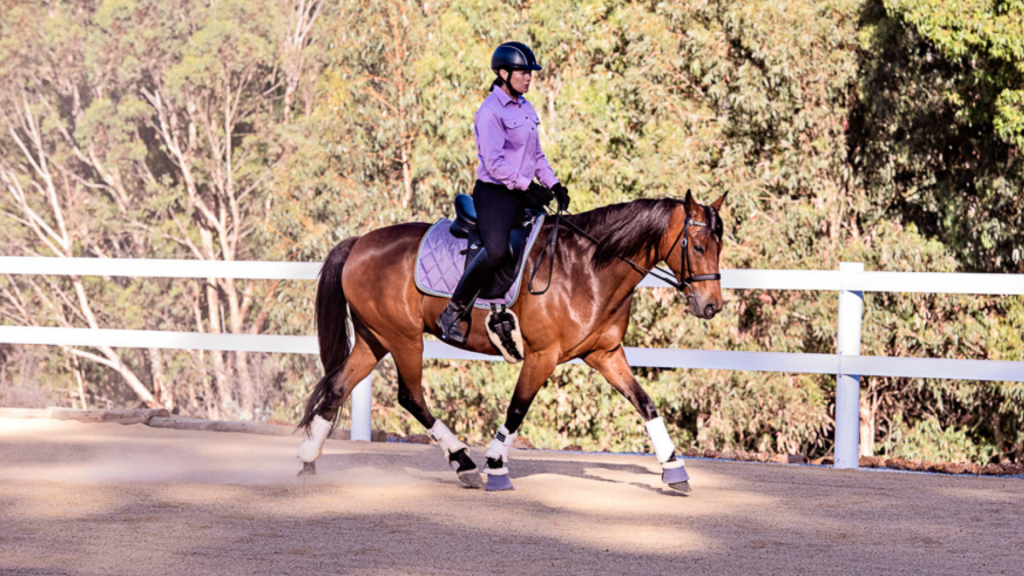
This image is property of files.cdn.thinkific.com.
Advanced Skills Development
After mastering the basics, you can begin learning more advanced riding skills.
Introduction to Jumping
Jumping is an exciting and challenging part of riding. It requires timing, balance, and a deep trust between horse and rider.
Gallop and Racing Basics
Learning to gallop and understanding the basics of racing are further steps in your progression as a horse rider. Racing is all about speed and control, hence demand a lot more from the rider.
Arena and Trail Riding
Arena riding allows you to work on improved control and is great for practice. Trail riding gives you a chance to apply your skills in a dynamic setting and truly experience the joy of horseriding.
Maintaining Horse Health
Ensuring the horse’s health is paramount to their well-being and performance.
Understanding Equine Nutrition
Good nutrition is vital for a horse’s overall health and performance. This includes understanding what your horse needs in terms of forage, grain, and supplements.
Identifying Common Horse Illnesses or Injuries
Awareness of common horse illnesses and injuries can aid in early detection and treatment. Regular health checks can go a long way in maintaining the horse’s health.
The Importance of Regular Vet Check-ups
Regular vet check-ups provide professional oversight on your horse’s health and can catch potential issues before they become major problems. They are instrumental in keeping your horse in top shape and ready for all your adventures together.
Unquestionably, diving into the world of horseriding is more than just getting on a horse and riding off into the sunset. It involves understanding and respecting these beautiful creatures and developing a strong, trustworthy partnership with them. With patience, consistency, connection, and a fair share of love, the bond between you and your horse can only strengthen each time you saddle up.
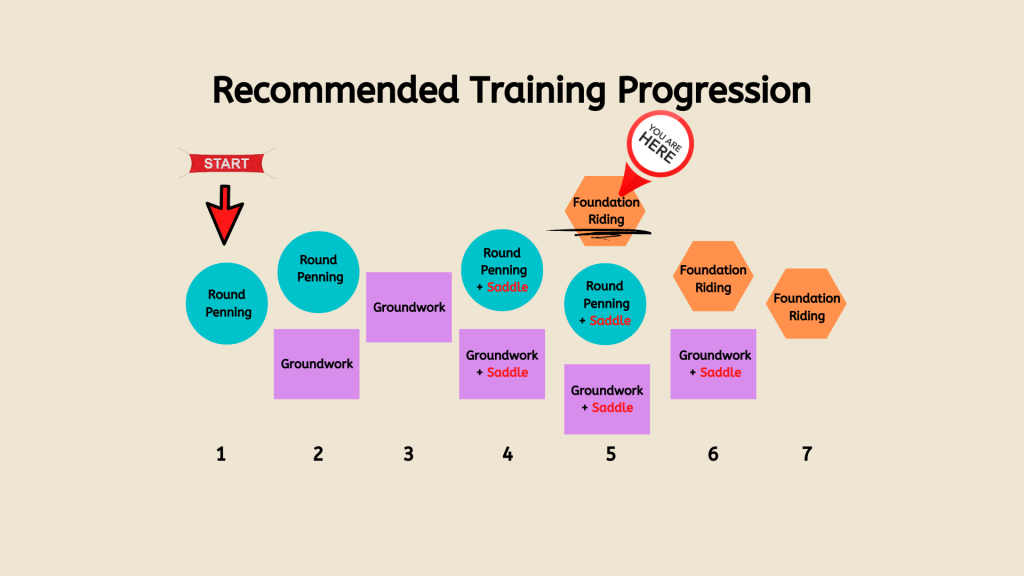
This image is property of files.cdn.thinkific.com.
